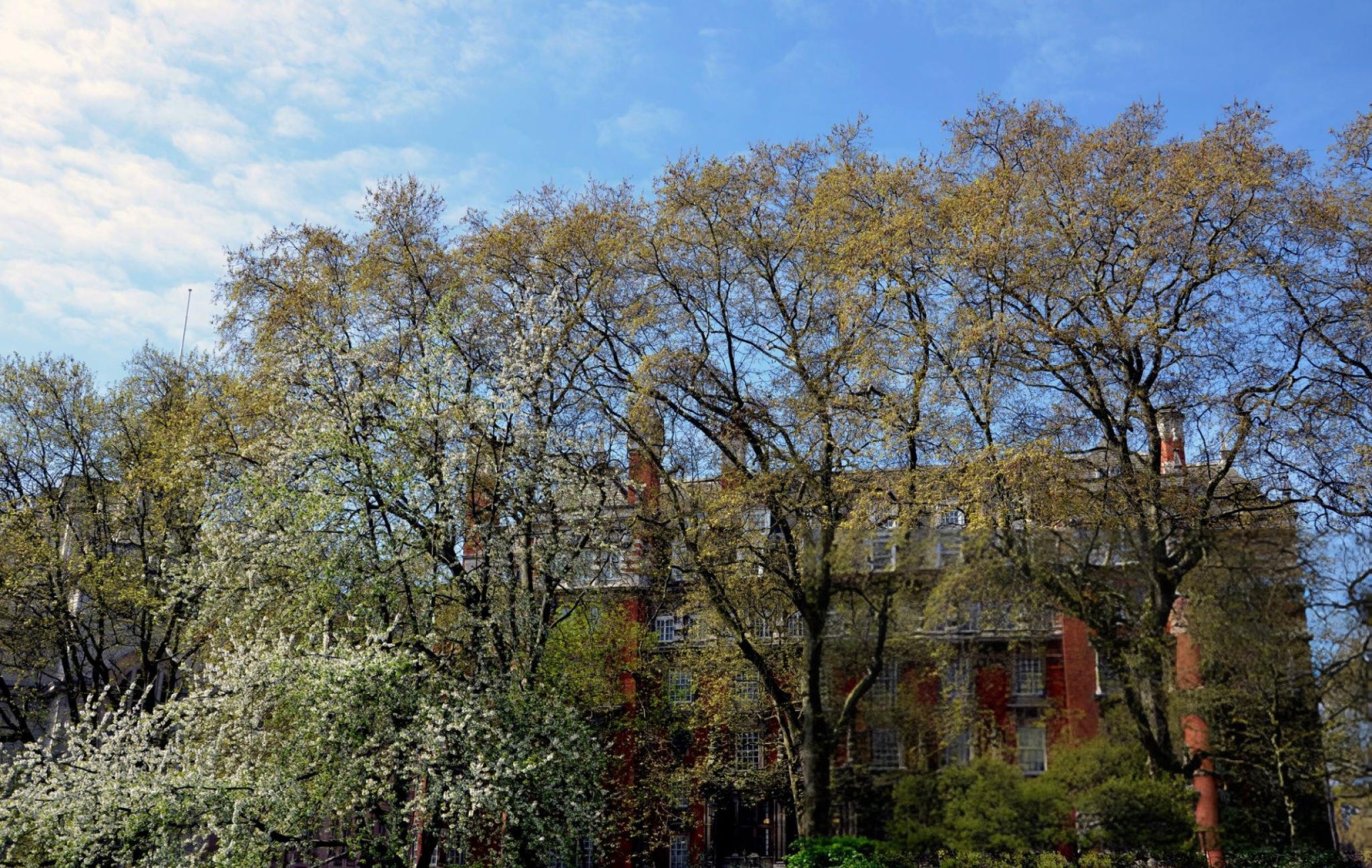London’s trees are facing increasing threats from drought and disease as climate change takes a greater toll on the capital’s natural environment, experts warned during a recent meeting at City Hall.
The London Assembly’s environment committee heard on Wednesday that prolonged dry spells have severely tested the resilience of many native and urban tree species, underlining the urgent need for new strategies and international lessons to protect the city’s vital green canopy.
Craig Ruddick, representing the London Tree Officers Association, highlighted worrying signs of decline in species such as birch and rowan, as well as a rise in sooty bark disease affecting sycamore trees. He warned that “if we have consecutive dry summers, I’m concerned about what the overall impact is going to be on sycamore, which is a significant contributor to London’s canopy.”
The importance of adapting tree planting and maintenance to meet the challenges of a warming climate was emphasised by Kevin Martin, head of tree collections and arboriculture at Kew Gardens.
Martin stressed that many of the species currently planted in London’s urban environments are not suited to cope with increasing drought conditions. “We have to think really carefully now about getting the species selection right, trees that we know have the plasticity to deal with drought stress like we’re seeing now,” he said.
Drawing on lessons from abroad, Martin spoke of his recent visit to Malmö in Sweden, where urban tree planting methods are significantly more advanced. “They’re even going to the stage where they’re creating their own soils, so when they do get rain, they can hold the moisture for a lot longer,” he explained.
Malmö employs a mixture of perlite, biochar, and organic mulch in their planting pits to retain moisture and support tree health — techniques that London could adopt to better establish its trees.
Martin also reminded the committee that London’s status as a major urban heat island means temperatures here often exceed those found in the surrounding rural areas of southern England, further stressing trees in the city.
Alongside the environmental challenges, Martin noted a significant cultural shift in public attitudes towards trees in the UK over the past decade. He recalled that, in his earlier career as a commercial tree surgeon, trees were often viewed merely as nuisances.
“Now there’s a real desire among the public to protect trees,” he said. Recent high-profile incidents such as the felling of an ancient oak in Enfield and the destruction of the iconic Sycamore Gap tree in Northumberland have captured widespread media attention, reflecting this changing mindset.
“It’s an amazing thing for me as a ‘tree person’ to start seeing that shift,” Martin added. “But we need to keep pushing on with that, and not let it go out of the public eye, because as soon as that news story stops, it will all be forgotten about again.”
Abby Crisostomo, City Hall’s head of green infrastructure, reiterated Mayor Sir Sadiq Khan’s ongoing commitment to increasing London’s tree canopy by 10 per cent. Since his election in 2016, the mayor has funded the planting of more than 600,000 trees across the capital.
However, Conservative assembly member Keith Prince reminded the committee that prior to his election, Sir Sadiq had pledged to plant two million trees within his first term — a promise that ultimately did not feature in his official manifesto.
As London continues to grapple with the effects of climate change, the meeting underscored the importance of innovative planting techniques and cross-national cooperation in safeguarding the city’s urban forests for future generations.
With Sweden’s example providing a valuable blueprint, London faces a critical moment to adapt its approach, protect its tree population, and maintain the essential environmental and social benefits these green spaces offer.






